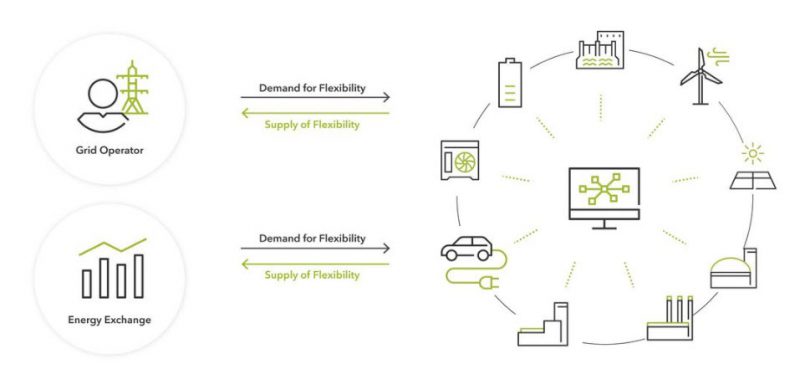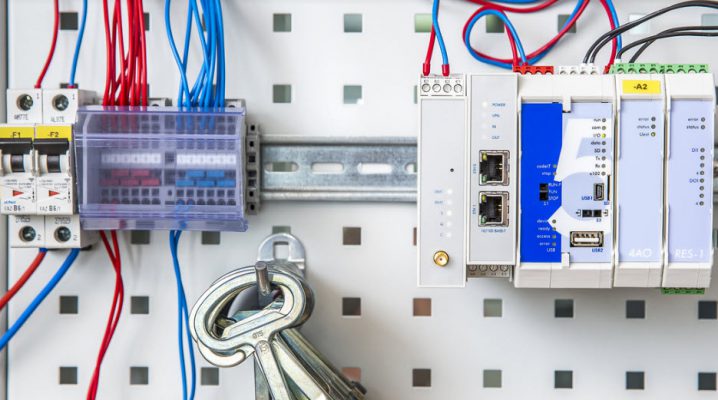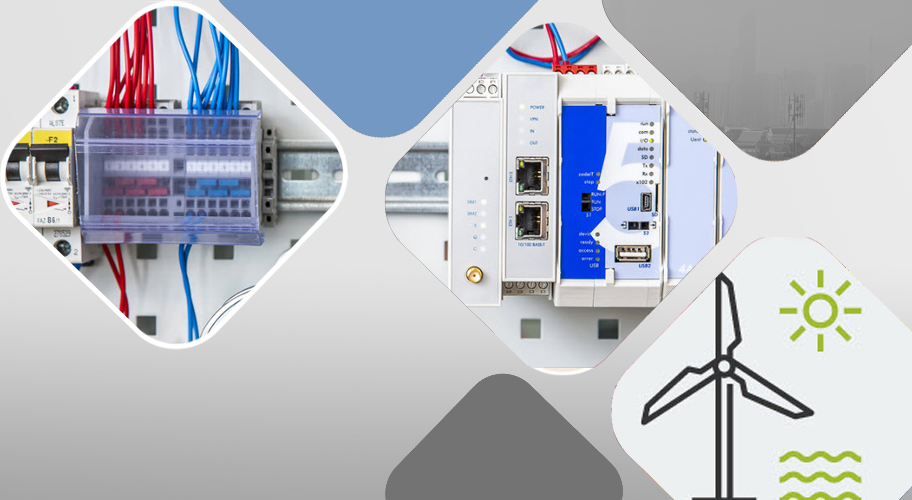A Virtual Power Plant (VPP) is a network of decentralized, medium-scale power generating units as well as flexible power consumers and storage systems. It is a system that integrates several types of power sources to give a reliable overall power supply.

Objective
Depending on the particular market environment, VPPs can accomplish a whole range of tasks. In general, the objective is to network distributed energy resources such as wind farms, solar parks, and Combined Heat and Power (CHP) units, in order to monitor, forecast, optimize and trade their power. This way, fluctuations in the generation of renewables can be balanced by ramping up and down power generation and power consumption of controllable units. But the VPP not only helps stabilizing the power grids. It also creates the preconditions for integrating renewable energies into the markets. Individual small plants can in general not provide balancing services or offer their flexibility on the power exchanges. This is because their generation profile varies too strongly, or they simply do not meet the minimum bid size of the markets. By aggregating the power of several units, a VPP can deliver the same service and redundancy and subsequently trade on the same markets as large central power plants or industrial consumers.

This system has benefits such as the ability to deliver peak load electricity or load-following power generation on short notice. Such a VPP can replace a conventional power plant while providing higher efficiency and more flexibility, which allows the system to react better to load fluctuations. The drawback is a higher complexity of the system, which requires complicated optimization, control, and secure communications.
Try this simulator for more understanding of the VPP concept:
https://www.next-kraftwerke.com/virtual-power-plant-vpp-simulation?lang=en
Source: Next Kraftwerke, Wikipedia

